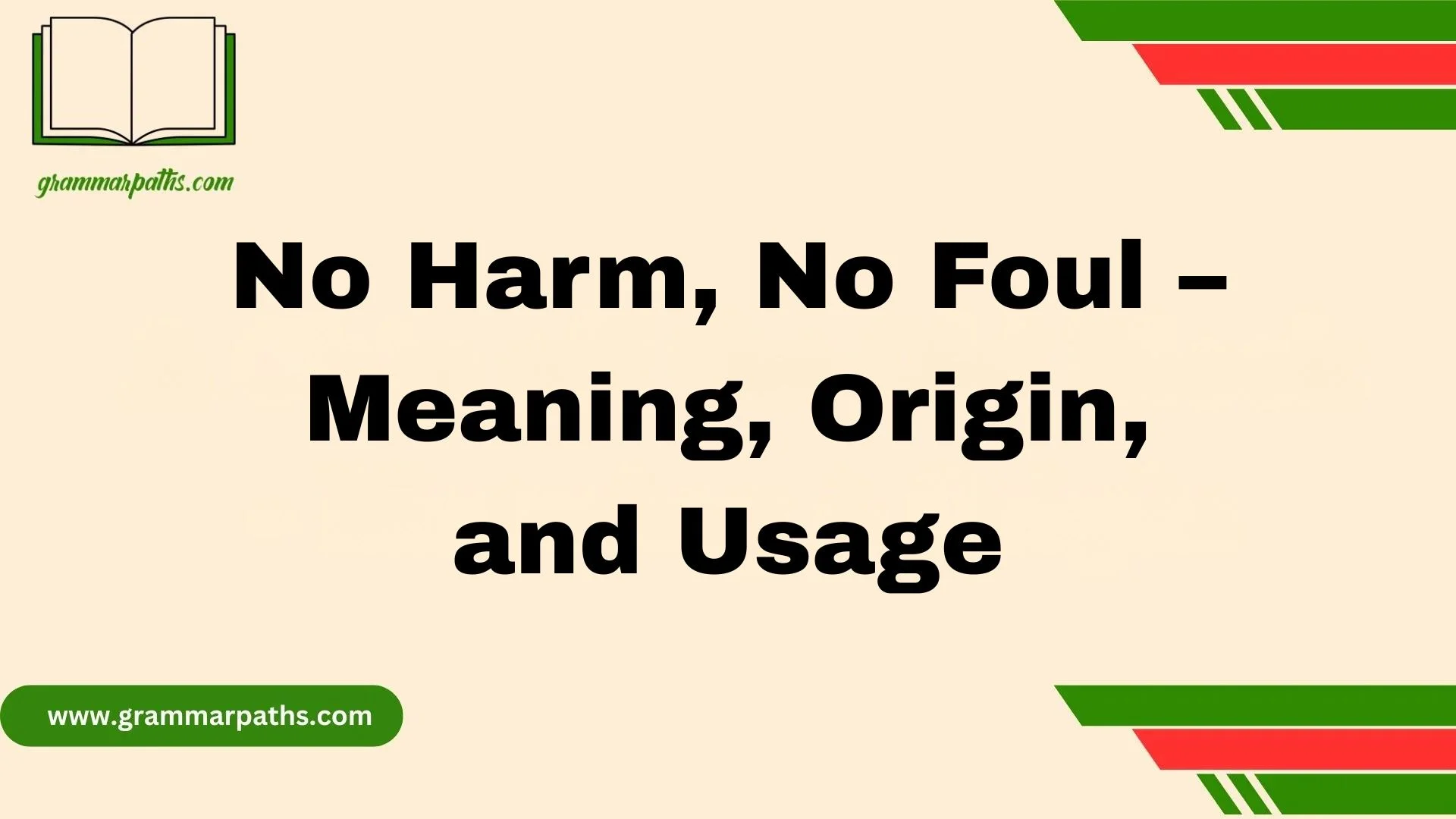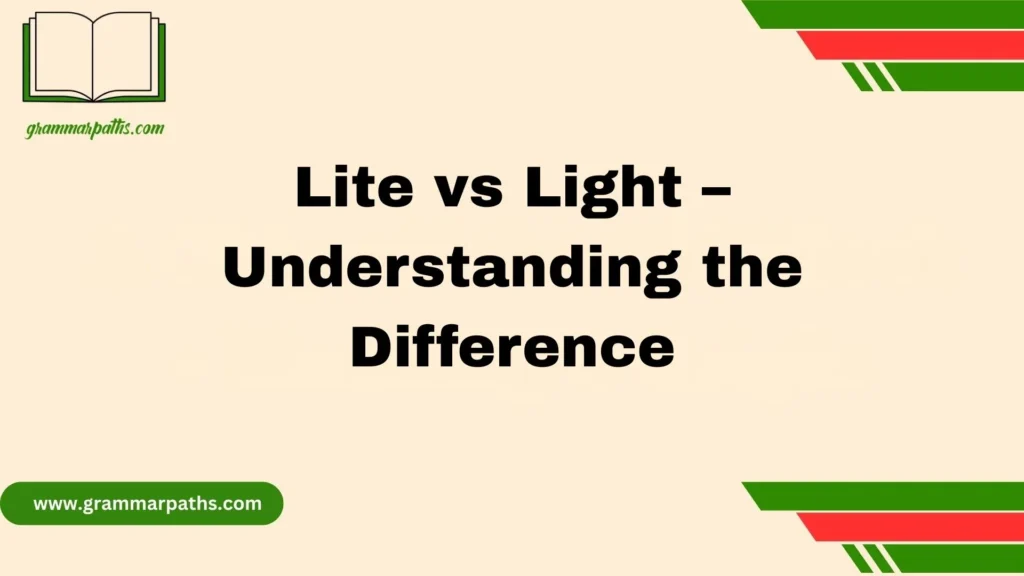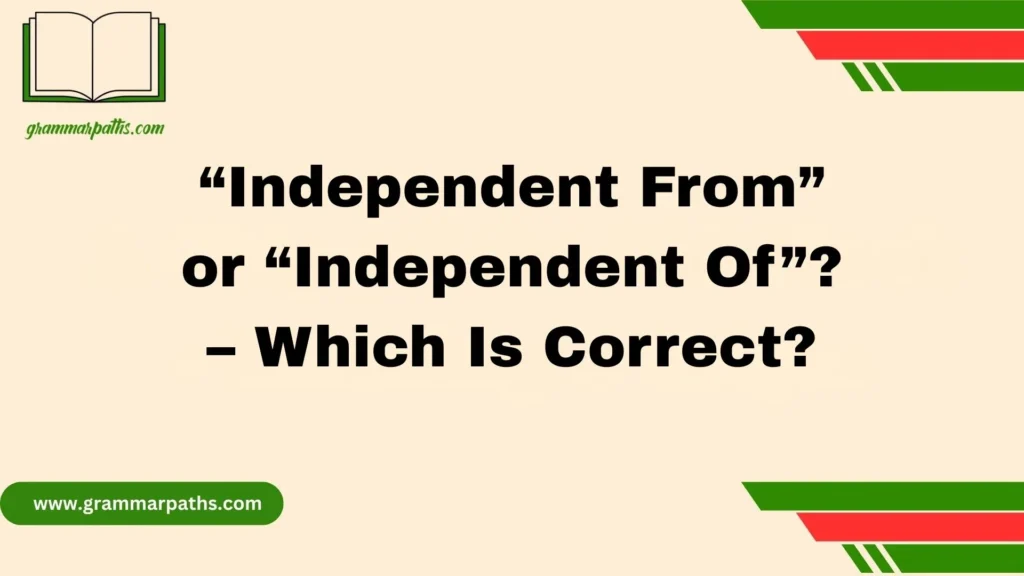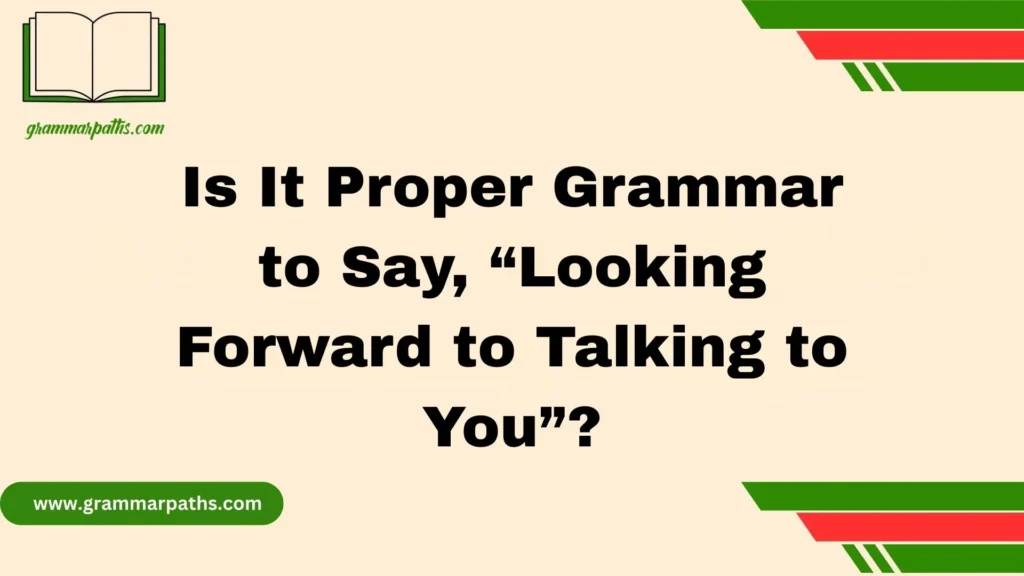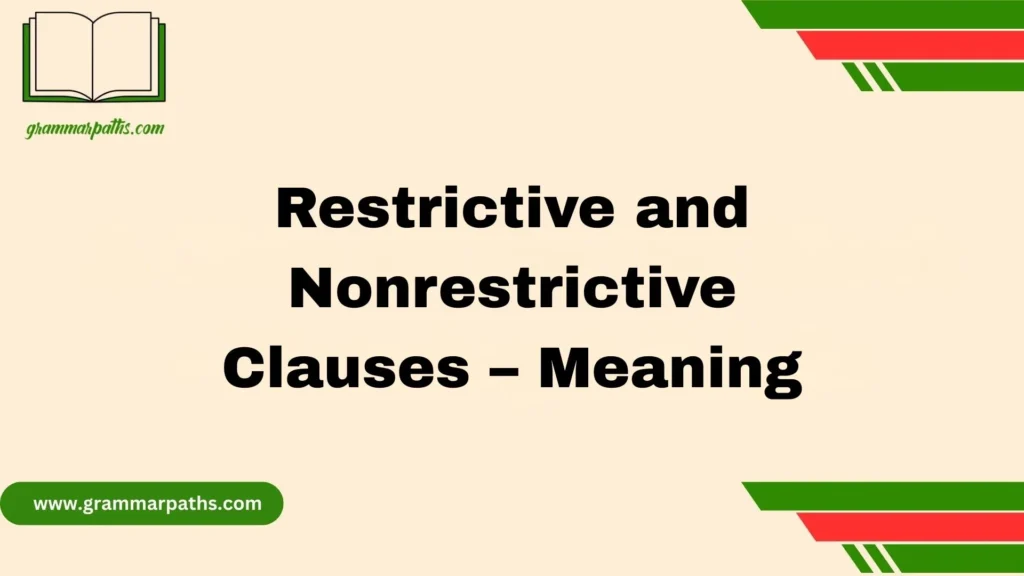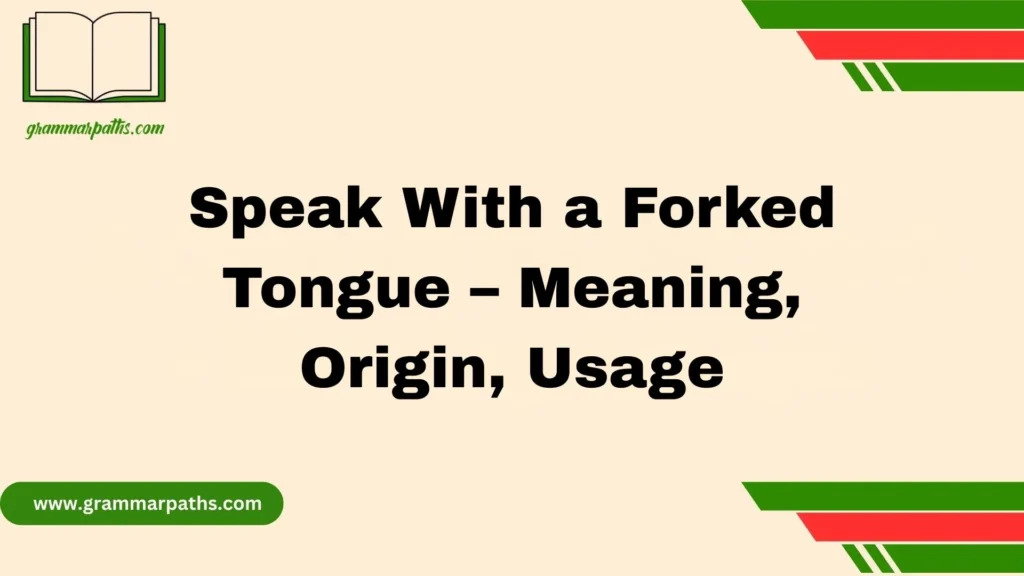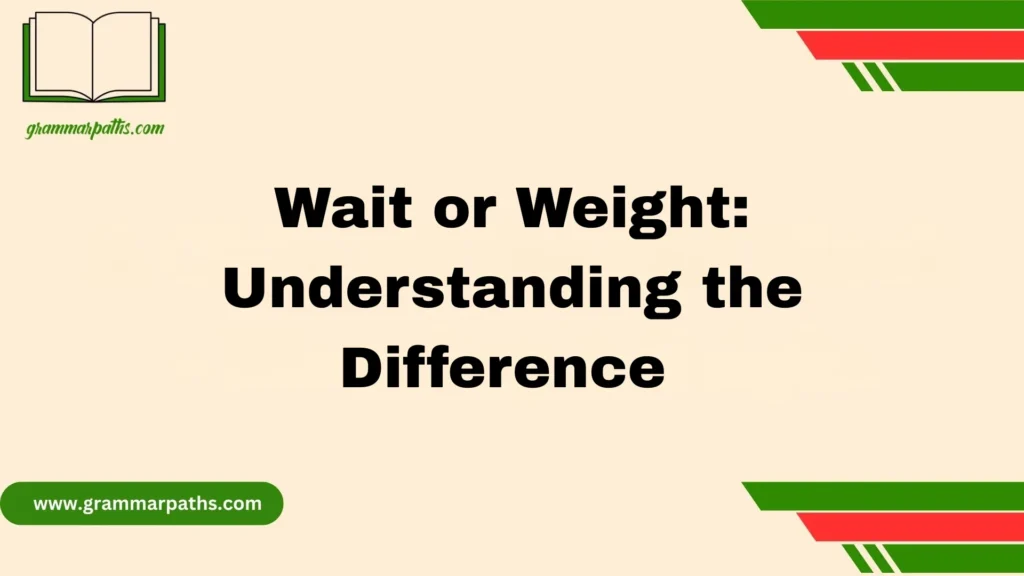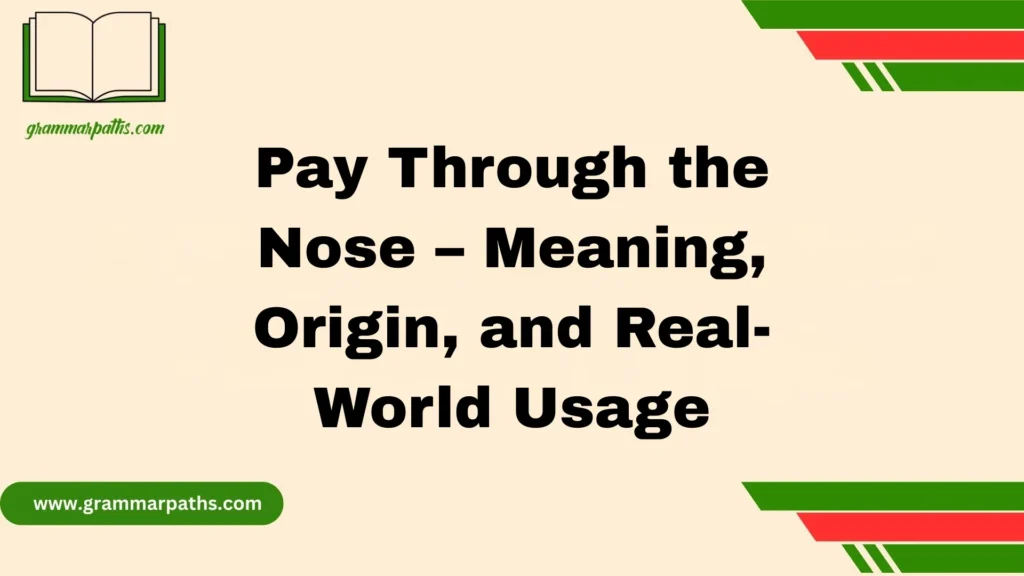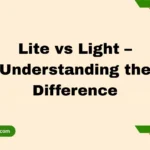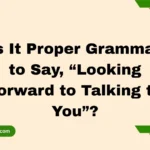The phrase “No Harm, No Foul” naturally rolls off the tongue in casual chats, whether on basketball courts, in the workplace, or during legal discussions. Its origin traces back decades, yet it still resonates today with anyone who is a language lover of common saying. I’ve always admired how such a cultural journey can move from rising sports talk to law, ethics, and everyday life, shaping the way my colleagues and I reflect on its meaning. Sometimes, we explore whether it’s used accurately in fair situations, or inaccurately as an excuse for mistakes. The article here highlights how well the expression fits into both informal and formal settings, showing that even minor slips that don’t really affect the game, the office, or even circles of friends can still be handled with a calm spirit.
From my own tense meetings experience, saying it at the right time keeps the room smooth and relevant across many contexts, because people often value simple rules. If there’s no real harm, there’s no need to call a foul. This mindset is useful in balancing ethics, common sense, and daily choices, giving proof that words from sports can shape not just the game but the broader life around us.
Meaning and Core Idea of “No Harm, No Foul”
The phrase carries both a literal and figurative meaning.
- Literal meaning: If no injury or damage happens, there’s no foul or penalty.
- Figurative meaning: If a mistake or minor offense doesn’t cause real harm, it should be forgiven or overlooked.
In everyday language, it acts as a conflict diffuser. People use it to de-escalate situations, reduce tension, or show that they’re not holding a grudge.
For example:
- A friend accidentally bumps into you while walking but you don’t spill your coffee. You might smile and say, “No harm, no foul.”
- A coworker forgets to CC you on an email, but you get the information anyway. Instead of being upset, you shrug and say, “No harm, no foul.”
The core idea is rooted in forgiveness, pragmatism, and moving forward.
Historical Origins
The phrase didn’t emerge overnight. Its roots are linked to sportsmanship traditions where players informally agreed that unless a play caused harm, there was no reason to stop the game.
Early playground sports, especially basketball in the 1930s–40s, relied heavily on this unwritten rule. Players often self-officiated and needed quick, fair ways to keep games moving. Saying “no harm, no foul” was a way of acknowledging rough contact without halting the flow.
While difficult to trace the exact first use, early basketball magazines and oral histories suggest the phrase was circulating in American gyms and playgrounds before professional adoption.
Basketball Connection and Evolution
Basketball is the sport most strongly tied to “No Harm, No Foul.” Unlike baseball or football, basketball involves constant physical contact that doesn’t always rise to the level of an official foul.
- If a defender brushes a shooter but doesn’t alter the shot, referees often let it go.
- Streetball culture especially embraced the phrase as a code of fairness—don’t call fouls unless someone truly gets hurt or disadvantaged.
Over time, it became both an officiating guideline and a cultural shorthand. Coaches, commentators, and fans began repeating it, and the phrase spread far beyond the hardwood.
Chick Hearn’s Influence
No one popularized basketball slang like Chick Hearn, the legendary voice of the Los Angeles Lakers. From the 1960s until his passing in 2002, Hearn broadcasted more than 3,000 consecutive games.
He’s credited with coining or spreading phrases such as:
- “Slam dunk”
- “Air ball”
- “Finger roll”
- “No Harm, No Foul”
Hearn’s rapid-fire commentary style, known as the “Chickisms,” brought colorful phrases into millions of living rooms. Fans repeated them, newspapers quoted them, and soon “No Harm, No Foul” wasn’t just a basketball term—it was American slang.
Expansion Beyond Basketball
From basketball, the phrase jumped into other sports:
- Football: Used when rough contact doesn’t affect the play.
- Hockey: Common in informal games to dismiss minor shoves.
- Soccer: Adopted by referees and fans, especially in U.S. leagues.
Outside of sports, it became a metaphor. Workplaces, schools, and even family arguments began using it as shorthand for “let’s not make a big deal out of it.”
The spread was accelerated by sports media, movies, and TV, where sports metaphors often bleed into daily dialogue.
Contemporary Understanding
Today, “No Harm, No Foul” carries a broad cultural meaning:
- A forgiving response to small mistakes
- A way to keep peace in casual interactions
- A phrase signaling that an offense is too minor to matter
Importantly, it’s still seen as casual and conversational. You wouldn’t find it in a formal contract, but you might hear it in courtrooms, classrooms, or negotiations used metaphorically.
Its tone is usually light-hearted, forgiving, and pragmatic—making it one of the most versatile idioms in American English.
Everyday Usage and Examples
To understand how the phrase works in real life, let’s look at scenarios:
Social Settings
- At a party: Someone accidentally spills a drop of soda near you. You wave it off with, “No harm, no foul.”
- With friends: A buddy forgets to call back but later apologizes. You reply, “It’s fine, no harm, no foul.”
Workplace Examples
- Emails: A teammate forgets to copy you, but the issue is corrected quickly.
- Meetings: A colleague interrupts you but lets you finish. Afterward, you might shrug and use the phrase.
Family and Personal Life
- Parent and child: A kid knocks over a pillow while playing. A parent says, “No harm, no foul.”
- Relationships: A partner forgets to buy milk but brings it the next day. The phrase smooths things over.
Legal, Ethical, and Professional Contexts
Though casual in tone, the phrase sometimes appears in serious discussions.
Legal Use
Lawyers and judges have used “No Harm, No Foul” metaphorically when describing cases where an action violated a rule but caused no measurable damage.
For example:
- A contract signed incorrectly but still honored by both parties.
- A clerical error that doesn’t change the outcome of a case.
Ethical Dilemmas
While the phrase suggests forgiveness, it raises questions:
- Is it right to excuse behavior simply because no damage occurred?
- Should intent matter as much as outcome?
In ethics, some argue “No Harm, No Foul” encourages practical forgiveness, while others see it as minimizing accountability.
Professional Scenarios
In business, it’s sometimes used to keep negotiations smooth:
- A missed deadline that didn’t impact delivery.
- A miscommunication resolved before consequences arose.
Dealing with Mistakes and Misconduct
The phrase is powerful but not universal. It works for minor errors—not serious misconduct.
When It Works
- Accidental slips with no real damage
- Honest mistakes that are quickly corrected
- Misunderstandings in casual settings
When It Doesn’t Apply
- Physical harm or injury
- Serious professional negligence
- Ethical breaches with long-term effects
Case Study Example:
A manager misses a typo in a draft email but catches it before sending to a client. The team laughs and says, “No harm, no foul.”
But if the manager ignored safety protocols leading to an accident, the phrase would be inappropriate.
Linguistic and Grammatical Insights
Grammatically, “No Harm, No Foul” is an idiomatic expression.
- It functions as a complete sentence without a verb.
- It follows a parallel structure: “No [noun], No [noun].”
- It’s often used independently, not inside larger sentences.
Variations
- “No harm done.”
- “No foul, no problem.”
- “No damage, no foul.”
Global Equivalents
Different cultures have similar idioms:
| Language | Equivalent Phrase | Meaning |
| Spanish | Sin daño, no hay falta | Without damage, no fault |
| French | Pas de mal, pas de faute | No harm, no mistake |
| German | Kein Schaden, kein Foul | No harm, no foul |
| Chinese | 没有伤害,就没有犯规 | If no harm, no foul |
Pop Culture and Media References
Pop culture has cemented the phrase into mainstream language.
- Movies: Sports films often feature it in dialogue during casual play.
- Television: Sitcoms use it as a punchline to ease awkward moments.
- Social Media: Memes and GIFs apply the phrase humorously to everyday blunders.
For instance, when a cat knocks something off a shelf but nothing breaks, captions often read: “No Harm, No Foul.” The phrase thrives in digital communication because it’s short, memorable, and playful.
Conclusion
The phrase “No Harm, No Foul” shows how simple words can carry deep meaning across sports, law, and everyday life. It resonates because it reminds people that not every mistake needs blame. I’ve seen it keep workplace meetings smooth, calm tense discussions, and even add fairness on basketball courts. Its origin may go back decades, but its value is still relevant today, proving that language can shape the broader cultural journey of how we handle situations.
FAQs
Q1: What does “No Harm, No Foul” mean?
It means if no real harm is done, there’s no need to call out a foul.
Q2: Where did the phrase come from?
Its origin comes mainly from basketball, but it has spread into legal and informal contexts.
Q3: Can it be used in professional settings?
Yes, it fits both formal and informal settings, helping to keep workplace circles fair and calm.
Q4: Is it always accurate?
Not always. Sometimes it’s used inaccurately as an excuse to ignore mistakes that actually affect outcomes.
Q5: Why does it still matter today?
Because it reflects simple rules and common sense that people can apply to daily choices, balancing ethics and fairness in life.

Emma Brooke is a passionate language expert and contributor at GrammarPaths.com, where she helps learners navigate the complexities of English grammar, idioms, and effective writing. With a strong academic background and years of teaching experience, Emma excels at turning tricky grammar rules into simple, practical lessons that readers can easily grasp.
